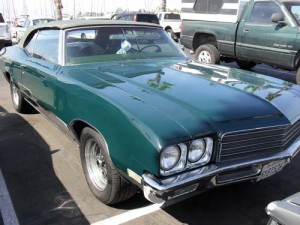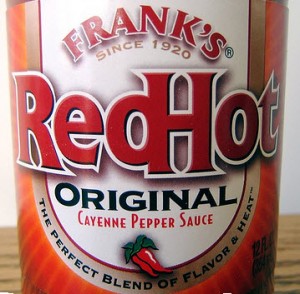The Silo Chasm
How does a brand idea cross the silo chasm? It’s doesn’t always.
Matching luggage is creative term for creative that travels nicely from media to media. Let’s say you have a selling idea for a TV commercial – but it’s visual. How does that idea transfer to radio? (“Hi, I’m a talking horse from Yonkers Raceway.” Ouch. ) Similarly, what if you have an experiential idea, perfect for promotion or digital but it lies like a lox in print? Campaign ideas don’t always travel. So what do you do?
And today, with marketing silos expanding not contracting, it is even harder to corral a campaign idea and bring it to life – especially for big clients with multiple agencies, all of which want to come up with the “big” idea.
So here are some rules to live by. Campaigns come and go…a powerful branding idea is indelible. Coke must “refresh” no matter the campaign. Corona must convey a hot, vacation-like retreat. Norelco electric razors must convey a smooth shave. Rule 2: Don’t kill yourself trying to force fit a campaign idea to a media. Media is not a strategy. A hammer does not turn a screw. Do your best to allow an idea to travel, but don’t force it. It only will diminish the original idea. Matching luggage may be nice for Paris Hilton, but she doesn’t have to carry that much shizz with her — she got peoples.
Peter Kim (the deceased one) once told an AT&T client spending hundreds of millions on TV “Campaigns are overated.” Peace.





